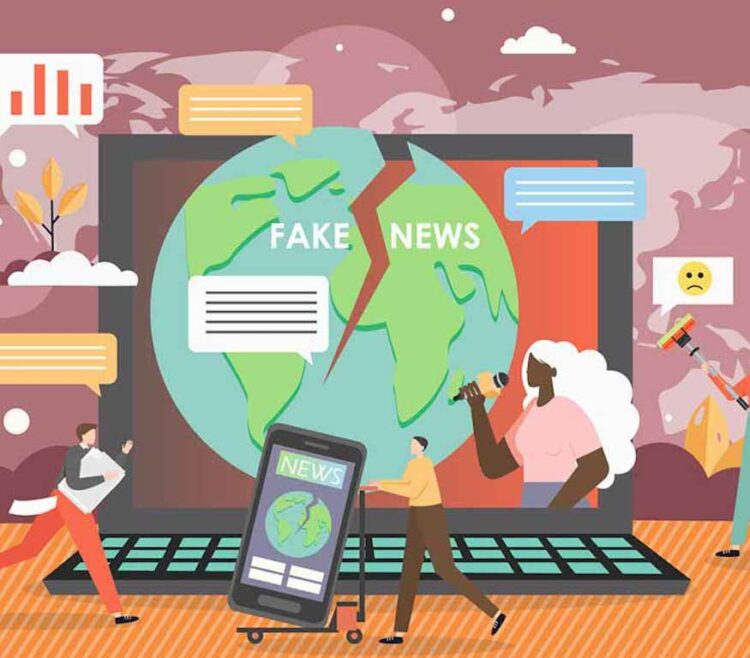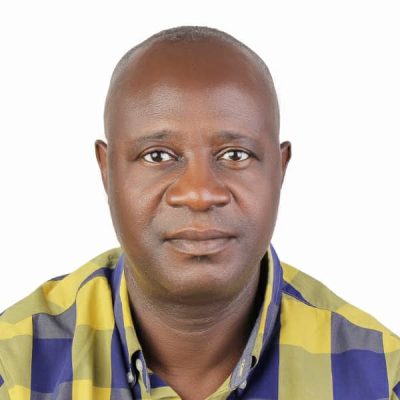This idea behind MIL is to help citizens, particularly young people, to develop the ability to critically analyse news and media messages in the light of the overwhelming growth in information and communication technology. This has, of course, thrown up the question of control and regulation. There are those who argue that the way to go is to regulate the Internet and social media…
In this era of digital technology, there is an overabundance of information from various sources and people empowered to consume from whichever source pleases them.
This ease of access needs to be accompanied by the ability to engage with information wisely. Thus, the importance of media and information literacy.
In the era of information overload which we currently live in, the place of media and information literacy cannot be overlooked. And for the Nigerian people, it is especially important as we move fully into the elections period.
This is a period characterised mostly by disinformation, which occurs when sources of information distort it with the intention to harm or mislead.
As a feature of this era of information disorder we are in, there is the preponderance of deep fakes and others resulting from the manipulation of technology. Yet, not to miscontrue its role, technology is a super power that affects us positively when properly utilised for the right reasons.
The peculiarity of the era of information disorder is how things take swift turns, with disinformation becoming misinformation, which turns back into disinformation, in a continuous vicious cycle.
People propagate misinformation/disinformation (popularly called fake news) for various reasons, including for fun (clout), to gain political advantage, or economic gains for others – including some mainstream media outlets, which bait people into clicking on their websites as a way of boosting site visits and, therefore, attracting adverts.
Media and information literacy, a new area of engagement developed by UNESCO, seeks to help citizens to understand the different dimensions and impacts of information disorder in society. MIL is critical in understanding the whole gamut of the phenomenon and what citizens need to know to counter the disorder.
MIL takes into account the power of technology and how prone/vulnerable/susceptible citizens are if they lack the understanding of how media and technology work. As far as MIL is concerned, the “control” is empowerment rather than restriction; the “control” is about the ability of people to understand the power of media, their own power to receive the right kind of information and to share the right kind of information.
This idea behind MIL is to help citizens, particularly young people, to develop the ability to critically analyse news and media messages in the light of the overwhelming growth in information and communication technology. This has, of course, thrown up the question of control and regulation. There are those who argue that the way to go is to regulate the Internet and social media by allowing the state and government agencies to put in place policies or laws that guide how citizens interact through these information platforms.
However, control is not the way to go. Since we cannot control technology, it is almost impossible to control how people relate to or use technology. Therefore, the way out is that instead of putting restrictions, which would raise concerns about limiting the frontiers of press freedom, freedom of speech and freedom of association, people should be empowered with MIL competencies to understand the media and their messages.
This understanding has become imperative because of the instantaneous nature of social media, where most of the world’s population, with access to the internet, especially young people, spend their time and get information from. It is quick, it is immediate, and its spread is beyond our comprehension.
Social media is also multi-dimensional, enabling citizens to share articles from multiple platforms at the same time to millions of people all over the world. Here lies the imperative of media and information literacy.
MIL takes into account the power of technology and how prone/vulnerable/susceptible citizens are if they lack the understanding of how media and technology work. As far as MIL is concerned, the “control” is empowerment rather than restriction; the “control” is about the ability of people to understand the power of media, their own power to receive the right kind of information and to share the right kind of information.
Media and information literacy seeks to do three things: help citizens know where to go for the right information; equip citizens with skills and understanding of media messages to critically analyse/synthesise information; develop the ability of citizens to develop their own messages to counter false information.
MIL is like the journalistic five Ws and H, which helps journalists to make their stories better. MIL competencies make citizens better informed, better aware, as they raise questions about the source of the information they come across, who produced the materials, for what purpose and for whose interests. After asking these questions, citizens are well placed to tell if the information they receive is genuine or not.
MIL provides lifelong skills that can be deployed in all aspects of life. For young people who are its major focus, the need for early exposure to what MIL does cannot be overemphasised.
As Nigeria hosts countries of the world in the Federal Capital Territory for the next few days (24-31 October) discussing how to nurture and develop various angles of MIL, it is important for parties with various interests to pay attention to how they can make or destroy the country through their use of information.
In an age of social media and also elections and campaigns in Nigeria, MIL helps youths become critical consumers of message, who ask questions about the authenticity of information, verification, etc.
Helping young people become media and information literate citizens is an important life-long skill. It translates into the ability to understand, control, and apply information.
In the light of the upcoming Nigerian general elections in 2023, the UNESCO Global MIL week themed “Nurturing trust: A Media and Information Literacy Imperative” could not have happened at a more perfect time.
As Nigeria hosts countries of the world in the Federal Capital Territory for the next few days (24-31 October) discussing how to nurture and develop various angles of MIL, it is important for parties with various interests to pay attention to how they can make or destroy the country through their use of information.
It will also help young people who have in recent times gotten so politically aware and involved to be able to sift between the barrage of information and materials campaigners hurl at them in order to make informed and independent decisions on who the next Nigerian leader should be.
And for the rest of the world, we must now ask: How much trust do people of the world have after the tides of the recent years?
At a time when democracy is under various forms of threats to its existence, this is yet another opportunity to evaluate how we are deploying technology for greater good or less evil or greater evil and lesser good.
Chiamaka Okafor reports for PREMIUM TIMES and tweets @mackieokafor.
This piece is culled from a thesis titled Virality of Fake News.





